Dr. Pete Brotherton, Director of Science
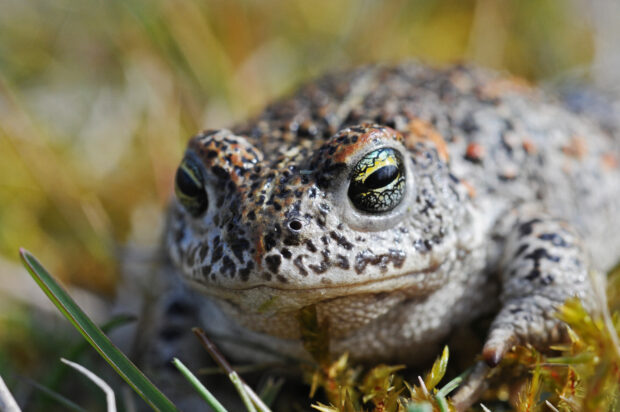
Yesterday saw the publication of the fourth State of Nature (SON) Report, the product of a collaboration of environmental NGOs, academic institutions and government agencies, including Natural England. The report provides the most comprehensive overview ever of species trends across the UK, including specific assessments for England, Northern Ireland, Scotland and Wales, and for the UK’s Overseas Territories. Its conclusions are based on millions of records collected by thousands of volunteer ‘citizen scientists’ spanning terrestrial, freshwater and marine species.
The report makes compelling reading. It lays bare the stark fact that nature is still seriously declining across the UK, a country that is already one of the most nature-depleted in the world. The data show that since 1970 UK species have declined by about 19% on average, and nearly 1 in 6 species (16.1%) are now threatened with extinction. This is a timely reminder, if we needed it, that the nature crisis isn’t restricted to far-off places like the Amazon or Great Barrier Reef. It is right here, on our doorstep. We are losing familiar wildlife that we cherish including the hazel dormouse and skylark.
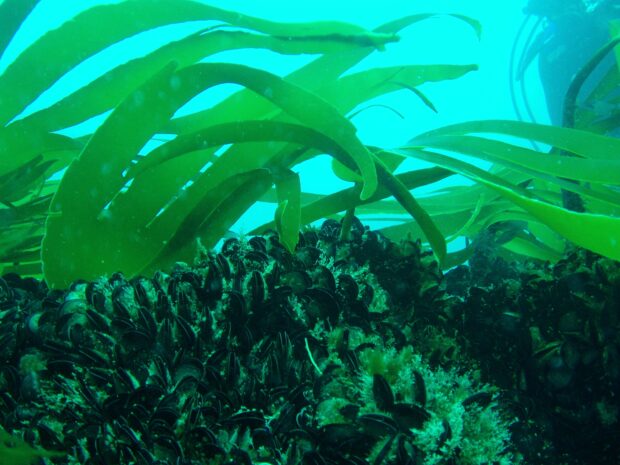
Beyond the troubling headlines of nature loss provided by the report, the evidence in the report also provides glimmers of hope. Although many species are in decline, there is also a significant number that are increasing. For example, while our pollinating insects are declining overall, some groups of freshwater insects such as dragonflies are faring better. Similarly, although most mammals are declining, many bat species are on the increase.
SON goes beyond the bare statistics to assess the evidence behind these differences and to help identify the actions that are needed to recover nature. To quote the report, “We have never had a better understanding of the State of Nature and what is needed to fix it.”
A Recipe For Recovery
So, what are the issues we need to address? And what are the opportunities to address them?
Evidence from the State of Nature report and elsewhere points to four big on-the-ground changes that we can take to accelerate nature recovery:
- Improve the quality of our protected sites on land and at sea. These places have been chosen because they are special for nature and wildlife should be thriving within them, yet too many are currently in poor condition.
- Create more, bigger and messier places for wildlife. Our wildlife needs more space, and we know that many species can benefit from habitats that are quick to create such as ponds, scrubby habitats and un-trimmed hedgerows.
- Reducing pollution on land (notably pesticides and excess fertilisers) and reducing the pressure on marine environments. This means more wildlife-friendly farming, forestry and fisheries.
- Targeted species recovery action. This can be very effective when it can be applied to a high proportion of a species’ population, and is also key to bringing back lost species.
How these changes happen matter. Space is scarce, so using it wisely by planning Nature Recovery Networks (such as through Local Nature Recovery Strategies) will be key, and we need to tackle the climate change and biodiversity crises in tandem – recovering nature can provide many solutions to climate change. People must also have the chance to be part of these changes, and more people deserve to experience the joy of connecting with abundant nature – or indeed any nature.
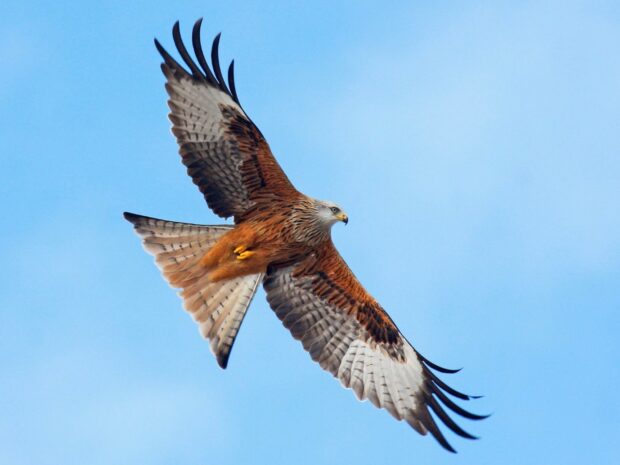
So, what is Natural England doing? Here are just a few examples:
Delivering ‘30 by 30’
The State of Nature report stresses the importance of the new Global Biodiversity Framework, which includes the commitment by nations to protect 30% of their land and seas for nature, by 2030. Natural England will work with others to improve management of existing protected areas including by implementing Site of Special Scientific Interest (SSSI) improvement plans as part of a phased programme towards the 2042 target for 75% of sites to be in favourable condition. We are also considering further places suitable to become sites of scientific interest, and we will establish another 25 National Nature Reserves by 2027.
At sea, we are restoring marine protected areas with more designated marine features in favourable condition; working with partners to implement byelaws and other measures to improve our marine environment.
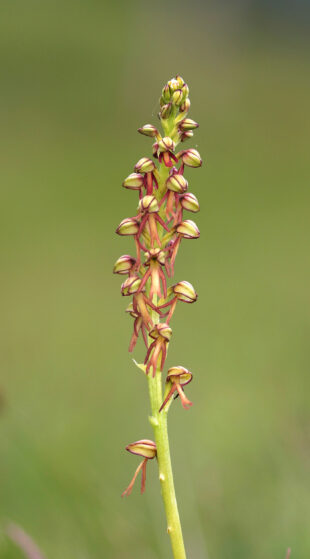
Developing a Nature Recovery Network
Linked closely to the ’30 by 30’ ambition, we are working with partners to establish a Nature Recovery Network (NRN). This will comprise a network of wildlife rich places that also provides nature’s critical benefits to people, stretching across England from our cities to countryside, mountain to sea. Scale matters, and landscape-scale Nature Recovery Projects (NRPs) will make a major contribution to the NRN. In July 2023 an area bigger than Hertfordshire was dedicated to fast tracking nature recovery as six new NRPs were launched by Natural England and the government, working with partners to deliver. The projects, will help to manage flooding and wildfire risks, improve carbon stores and build diverse habitats for wildlife.
Local Nature Recovery Strategies (LNRS) also underpin national ambitions for delivering the country’s Nature Recovery Network. They are putting power into the hands of local communities to tackle environmental pressures and recover nature. NE is supporting LNRS preparation, with senior advisors working in each of the 48 LNRS areas.
Recovering our threatened species
In April this year, we launched a new Species Recovery Programme Capital Grant Scheme. The scheme offers grants of up to half a million pounds to projects across England aiming to halt and reverse declines in populations of our most threatened species. In September, 63 projects were awarded grants totalling £14.5m. With these grants, 74 different organisations will be working to help restore populations of rare species including the critically endangered European eel, Greater Mouse-eared bat, Sand lizard, Atlantic salmon, Eurasian curlew, Pasqueflower, Grizzled skipper and Northern lapwing.
Restoring wildlife on the country’s farmland
Farmers hold the key to much of the change that is needed. Across the country, Natural England is working closely in partnership with farmers and other landowners to facilitate uptake of agri-environment schemes and deliver nature recovery from farm-level to a landscape-scale.
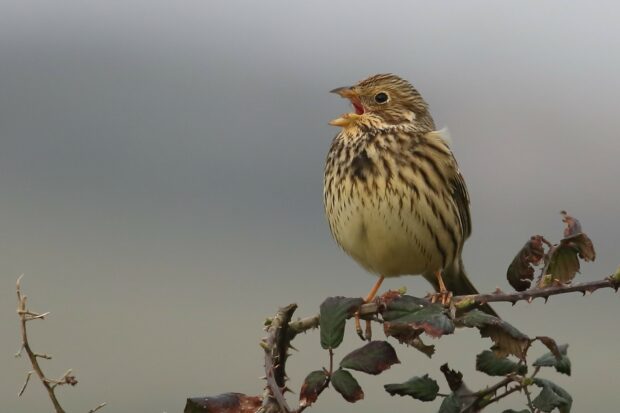
Finally
The picture of ongoing nature loss painted by this report is stark. This isn’t just sad – nature loss undermines our economy, food systems and health and wellbeing. So we owe it to nature, and ourselves, to make sure that it is the last State of Nature report to chart continuing decline. I very much hope that everyone can take something from this report that will enable them to do their bit for nature recovery, and ensure that the next report can document the start of nature bouncing back.
Read the State of Nature report here: State of Nature 2023 - report on the UK’s current biodiversity
5 comments
Comment by robert yorke posted on
Peter
There's much unreported detail (i.e. the slowing of declines since the 70-90s) within the latest State of Nature report which encourages land managers to do more for nature. (As long as the report isn't just wielded as a 'weapon' rather than a 'tool')
I do at times take issue with the somewhat simple phrase "wildlife-friendly farming, forestry and fisheries" when species trade-offs around what wildlife to do want are rarely articulated. One example would be planting trees but not near curlew breeding grounds. And smarter discussions around a role for land sparing for wild (not farmland) nature alongside land sharing.
p.s. as we have fresh data on more species (circa 9000) than in the first report in 2013 (circa 8300), perhaps it's no wonder media declines headlines continue!
best wishes, Rob
Comment by Lucy Kelly posted on
Save nature! It is fantastic, and once gone, it will be gone forever!
Comment by Julian Allen posted on
It is still strange that the damage inflicted on a single tree creates more headlines and media interest than widespread damage to woodlands, downloads, rivers, meadows and hedgerows across the country.
Comment by Mark Dobie posted on
How can we reverse the declining natural diversity. When our Government makes it easier to destroy it .Making building plans easier to be granted . Any wilful damage caused gets a slapped wrist for punishment . And trying to enhance the countryside ,the government is totally against it . Look at the H2S rail line its gone through many sssi sites destroyed peoples homes and gardens costing billions over budget and is of no use . Government are just greedy money grabbing SOB and should be gotten rid of
Comment by Ms J M Richardson posted on
I live in Morecambe , Lancashire, very near the coast, just three or four streets away. We get gulls nesting on the roofs nearby. It is now mid October and I have not seen a blackbird come for the mealworms I leave on the ground underneath the tree, very unusual, should I be worried, it is very late.